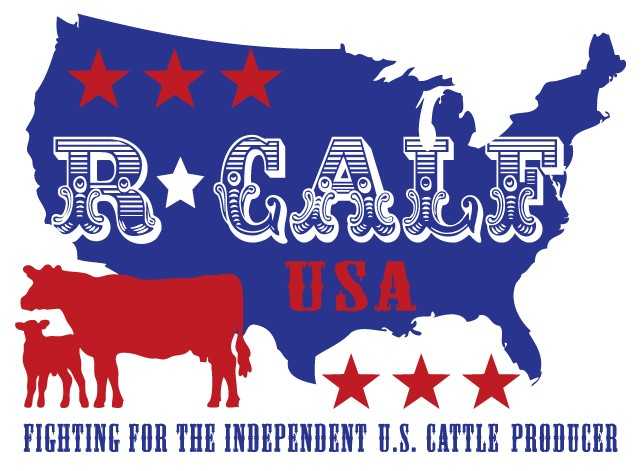![]()

Commentary by Bill Bullard, CEO, R-CALF USA
The U.S. has a long, successful history of preventing, containing and eradicating foreign animal diseases from the U.S. cattle herd. This success was accomplished through decades of cooperation between the Department of Agriculture and America’s cattle producers.
But two decades ago, the USDA attempted to force America’s cattle producers to register their premises with the federal government, to individually identify all their cattle with electronic identification (EID) eartags, and to record their animals’ movements in a government database.
The USDA’s onerous plan mimicked that of countries with constitutional monarchies such as Australia, Canada and the United Kingdom – countries where individual freedoms, liberties and property remain limited by government control.
But the United States shed itself of such government control centuries ago when it formed a government that both granted and respected individual freedoms, liberties and property like no other.
Unsurprisingly, American citizens resoundingly said “NO” to the USDA’s onerous plan, and the USDA retreated.
Then, a decade ago, the USDA pushed what it called a “flexible solution.” It promised cattle producers they could choose among a variety of animal identification devices: from low-cost devices with only printed numbers to high-cost devices with EID.
The USDA said its flexible solution was endorsed by the animal health officials charged with conducting disease programs.
In the years since implementing its flexible solution, the USDA conducted tests and found that, on average, states could conduct successful disease tracebacks of an animal shipped out of state back to the animal’s state of origin in less than one hour.
That means the current “flexible solution” allows state officials to traceback an animal much faster than it typically takes for a cattle producer to gather and load a truck full of cattle from their farm or ranch!
The USDA now identifies two areas that could yet further improve this already unprecedented disease traceback time: 1) eliminate typos when the nine-digit identification number on an eartag is transcribed to a database, and 2) eliminate problems inherent to the paper records that must accompany all animals that cross state lines.
On April 26, the USDA announced its final rule that only addresses the first of the two areas it said were deficient. The final rule mandates the exclusive use of EID and eliminates the other promised forms of animal identification that the USDA’s own testing shows will allow animal disease tracebacks in less than one hour.
The USDA estimates this new mandate imposed only on cattle producers will cost cattle producers tens of millions of dollars each year, without any means of recovering this mandatory cost from the marketplace.
Worse, while imposing this onerous and costly mandate on America’s cattle farmers and ranchers, the USDA does not require any of the accompanying paperwork to be electronically readable, such as the interstate certificate of veterinary inspection, even though these paper records function in tandem with EID eartags and are indispensable for conducting animal disease tracebacks.
This glaring deficiency renders the EID mandate arbitrary at best. But there’s more.
The final rule will not subject any more cattle to EID than are currently subject to the “flexible solution,” which enables tracebacks in less than one hour. This means the final rule does nothing at all to expand the coverage of official identification devices (either low-cost nonelectronic or high-cost EIDs) in the U.S. cattle herd.
Given the final rule provides no appreciable improvement to animal disease traceability, what’s really driving the USDA’s EID mandate? The USDA discloses this in its official press release that accompanied its final rule announcement. It’s exports that are driving this final rule.
In 2023, the U.S. did not produce enough beef to meet domestic beef consumption, though it exported 3 billion pounds of beef representing only 11 percent of the 27 billion pounds of beef produced in the United States. Thus, the final rule imposes an EID mandate on 100 percent of our nation’s 622,000 remaining beef cattle producers for the benefit of the small minority of beef cattle producers whose cattle produce beef that is actually exported.
The beneficiaries of the USDA’s final rule are multinational eartag manufacturers for whom the USDA is granting a guaranteed market demand for their EID products (eartags and related equipment); and the multinational beef packers whose continued access to foreign markets, whether or not a disease outbreak occurs, will be paid for annually by the hundreds of thousands of U.S. cattle producers upon whom the USDA is forcing its EID mandate.
Congress must act swiftly to protect America’s cattle farmers and ranchers from the USDA’s excesses! If it does not, we must all question the legitimacy of our unique form of government and its ability to protect the freedoms, liberties and property of its people.
